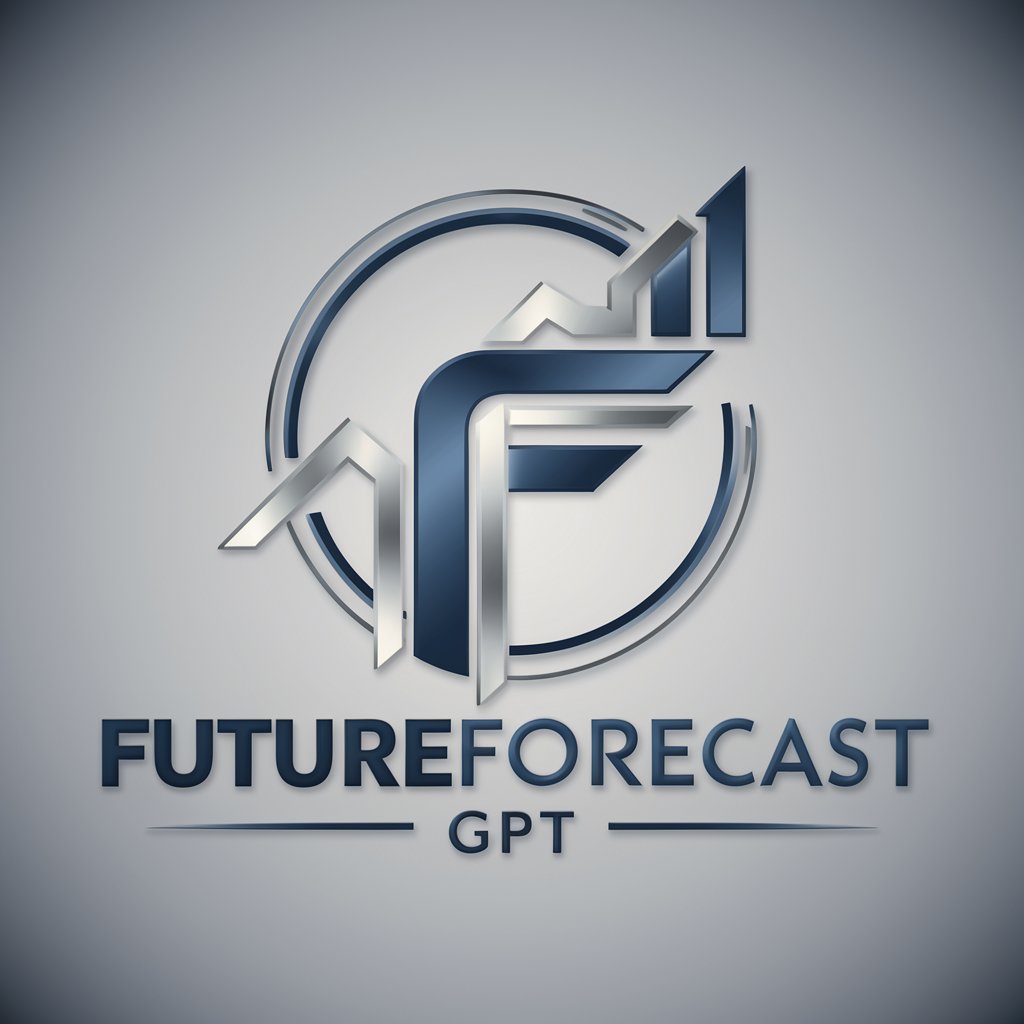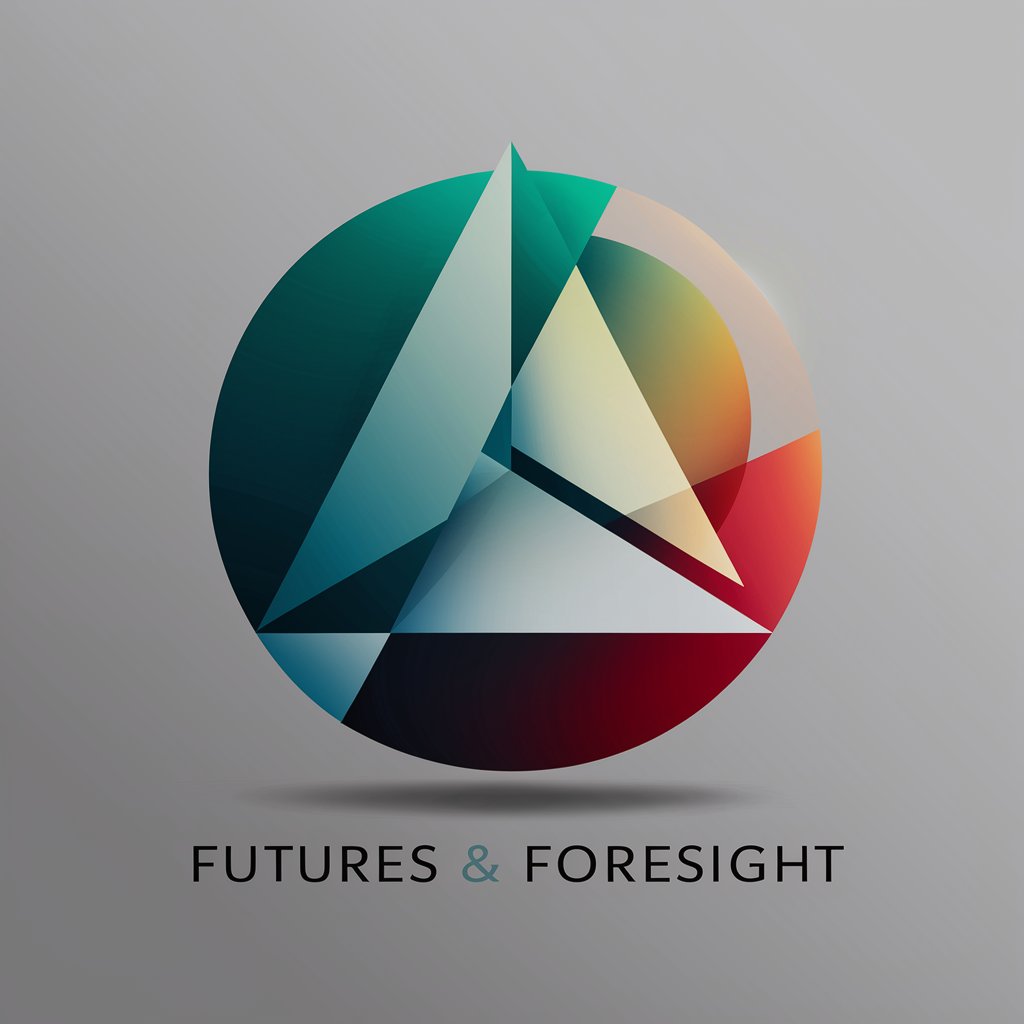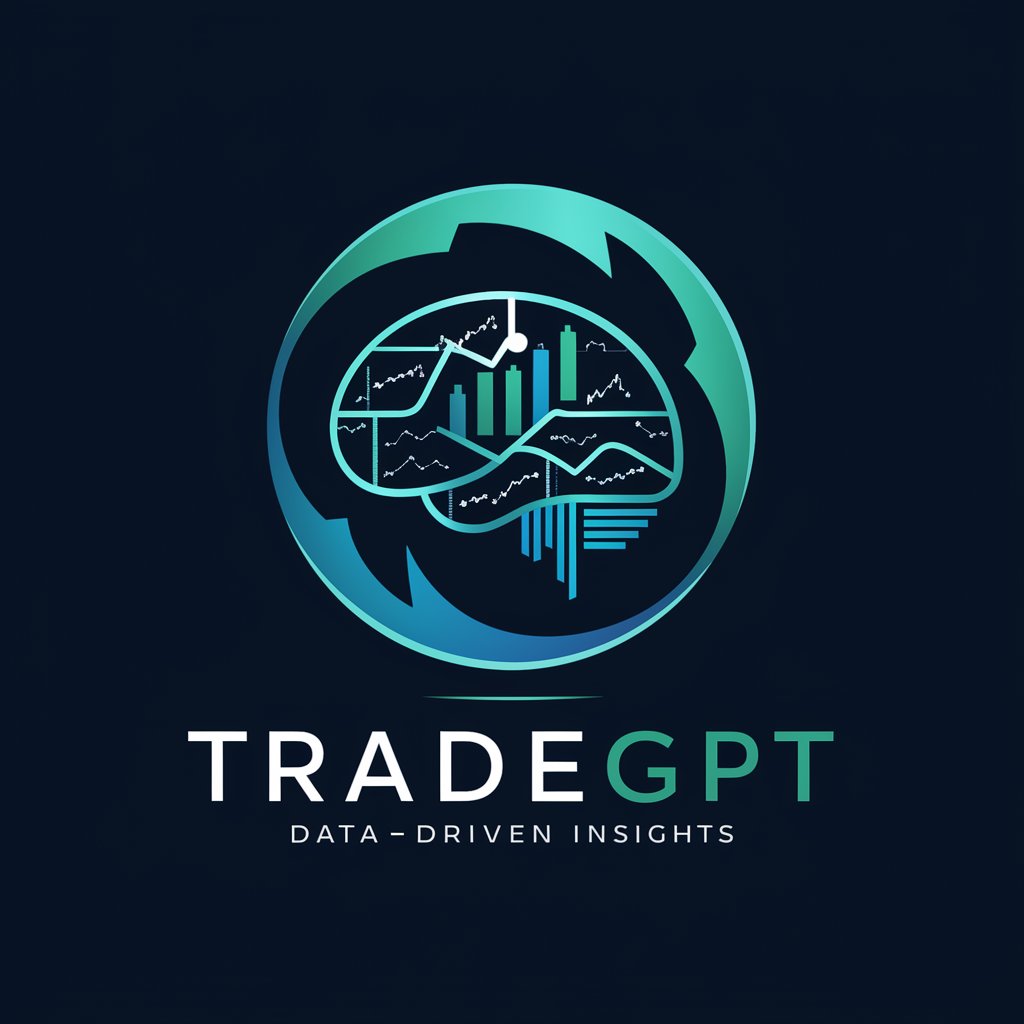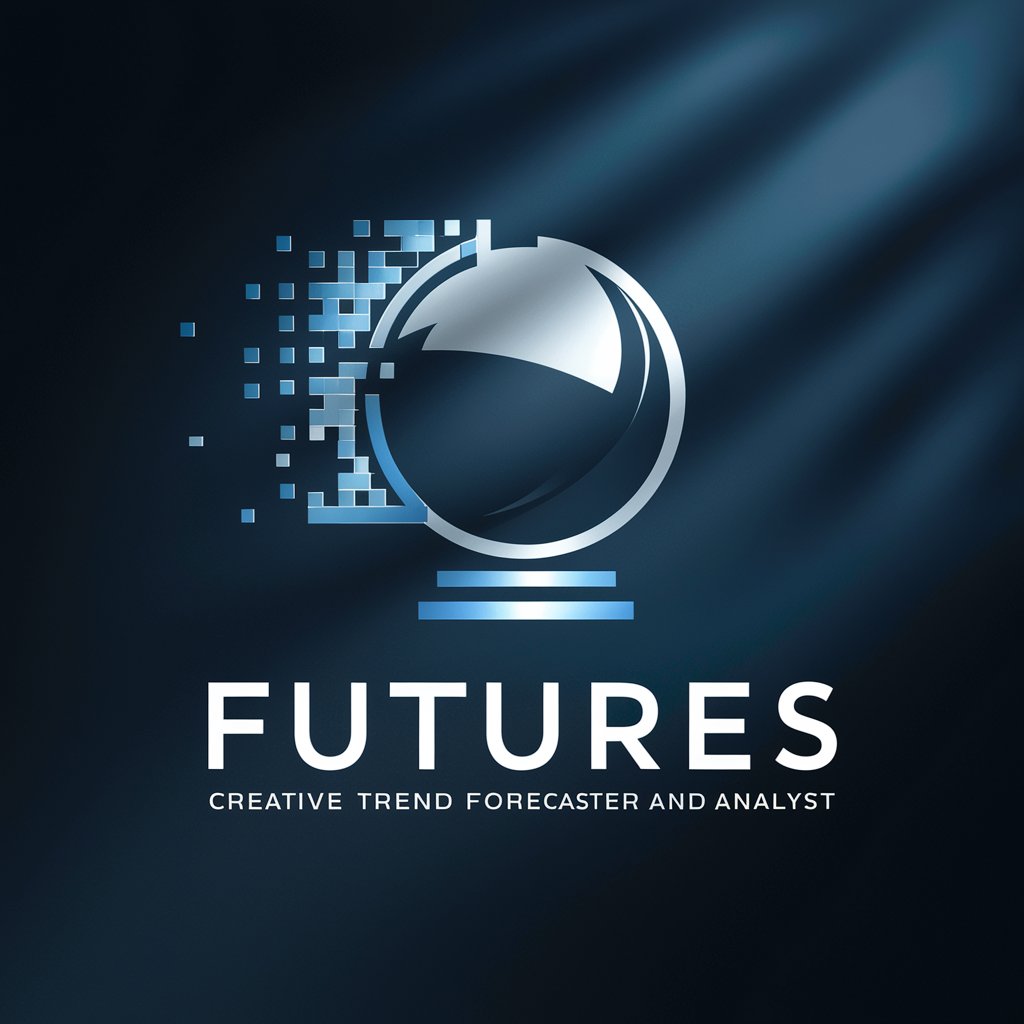
Predict Futures - Speculative Future Scenarios
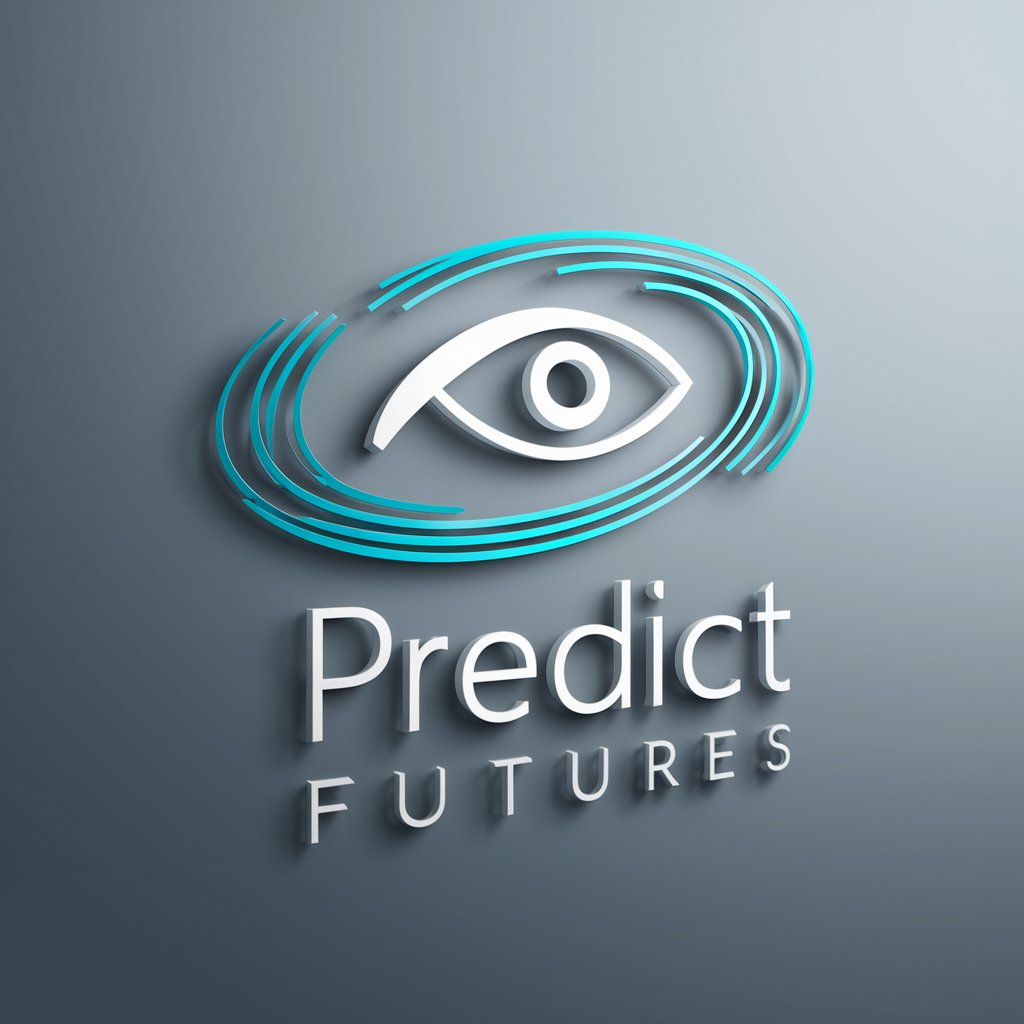
Welcome to Predict Futures, where we explore tomorrow's possibilities today.
Envisioning the Future with AI
Predict the potential technological advancements in the next decade based on current trends.
Explore the future of renewable energy sources and their impact on global energy markets.
Speculate on the evolution of urban transportation systems over the next 20 years.
Analyze the possible developments in artificial intelligence and their societal implications by 2035.
Get Embed Code
Introduction to Predict Futures
Predict Futures is a specialized tool designed for predicting plausible future scenarios based on current internet research. It operates by analyzing available data, trends, and expert opinions to forecast various outcomes. Unlike traditional forecasting tools, Predict Futures emphasizes the uncertainty and dynamic nature of future predictions, offering a range of possible futures rather than definitive answers. This approach allows users to consider multiple perspectives and prepare for a variety of potential outcomes. For example, Predict Futures might explore the future of remote work, considering factors such as technological advancements, changes in corporate culture, and evolving employee expectations. It could predict scenarios where remote work becomes the norm, offering insights into how this might affect urban development, transportation, and work-life balance. Powered by ChatGPT-4o。

Main Functions of Predict Futures
Scenario Analysis
Example
Analyzing the impact of artificial intelligence on job markets
Scenario
Predict Futures could use scenario analysis to explore how AI might create new job categories while rendering others obsolete. It would examine factors like technological progress, educational shifts, and government policies, presenting a range of outcomes from positive job growth in tech sectors to challenges in workforce retraining.
Trend Forecasting
Example
Forecasting trends in sustainable energy adoption
Scenario
This function involves predicting the future adoption rates of sustainable energy sources. Predict Futures might analyze current data on solar and wind energy adoption, policy changes, and technological advancements. The outcome could range from optimistic scenarios with rapid adoption and technological breakthroughs to more conservative outcomes where adoption is slowed by economic or political factors.
Risk Assessment
Example
Evaluating the risks of climate change on coastal cities
Scenario
Predict Futures could assess the potential risks posed by climate change to coastal cities, considering factors such as sea-level rise, extreme weather events, and urban planning responses. The analysis could offer scenarios ranging from successful adaptation through infrastructure improvements to challenges in managing migration from affected areas.
Ideal Users of Predict Futures Services
Policy Makers and Government Officials
This group benefits from Predict Futures by gaining insights into how different policy decisions might impact the future. Understanding a range of possible outcomes helps in crafting policies that are resilient under various future conditions.
Business Leaders and Entrepreneurs
For businesses, Predict Futures can provide a competitive edge by forecasting market trends, consumer behavior, and technological advancements. This enables strategic planning and innovation to navigate future market dynamics.
Academic Researchers and Educators
Researchers and educators can use Predict Futures to understand potential future developments in their fields, enriching academic discourse and curriculum development with forward-looking perspectives.
General Public Interested in Future Trends
Curious individuals seeking to understand how societal, technological, and environmental trends might evolve can find Predict Futures an invaluable resource for informed speculation and personal preparation.

How to Use Predict Futures
Begin Your Journey
Access Predict Futures by visiting yeschat.ai for an introductory experience without the need for a login or subscription to ChatGPT Plus.
Define Your Query
Clearly articulate your question or scenario you seek predictions for. Include specific details to get more tailored and accurate forecasts.
Choose a Domain
Select the relevant domain or context for your query, such as technology, environment, or business, to help focus the predictions.
Interact and Refine
Engage with the tool by asking follow-up questions or requesting clarification on predictions to refine and deepen your insights.
Utilize Tips for Optimal Experience
For best results, use open-ended questions, be specific about the time frame for predictions, and explore different scenarios or outcomes.
Try other advanced and practical GPTs
social Media Manager
Elevate Your Social Presence with AI

Classic Design
Empowering Timeless Design with AI

Fund Management
Empowering Investment Decisions with AI

Jordan
Empowering BtoC Companies with AI-Driven Strategies
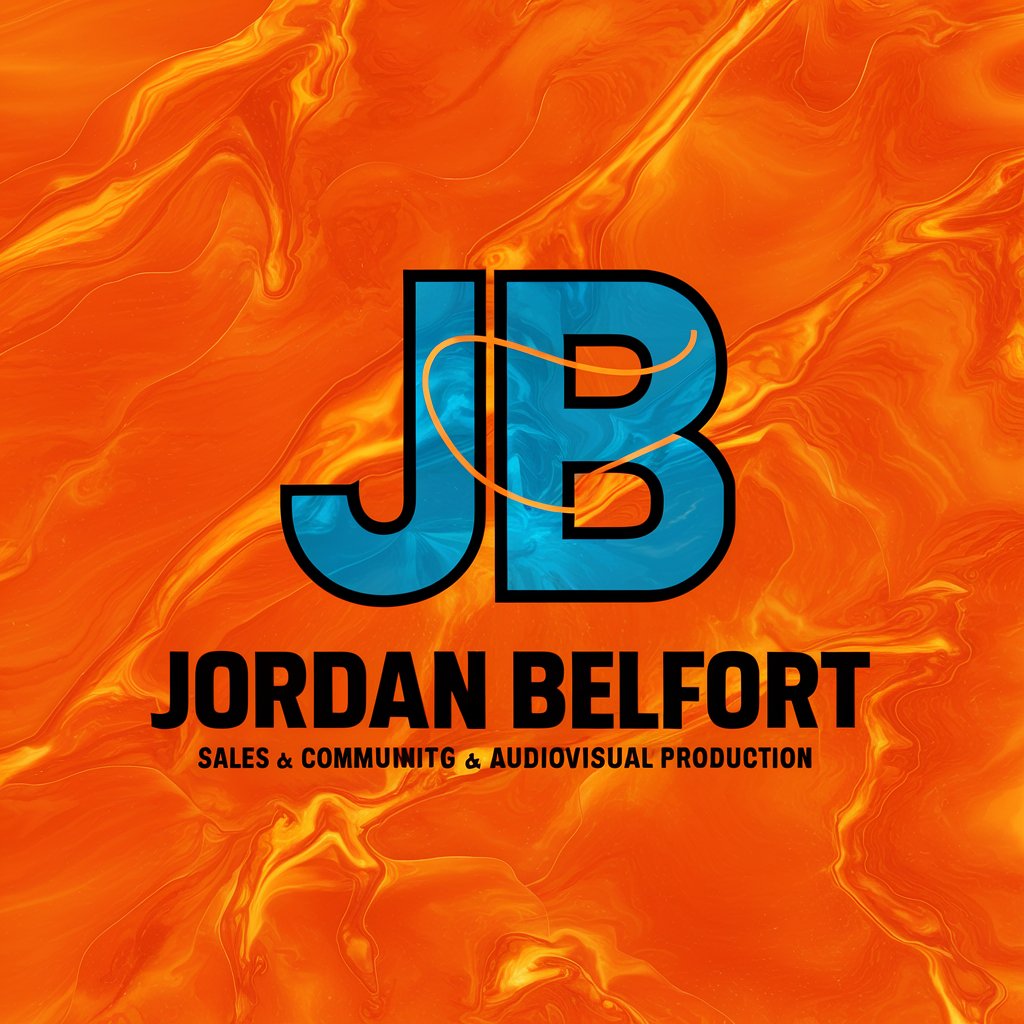
HSK Helper
Master Chinese with AI
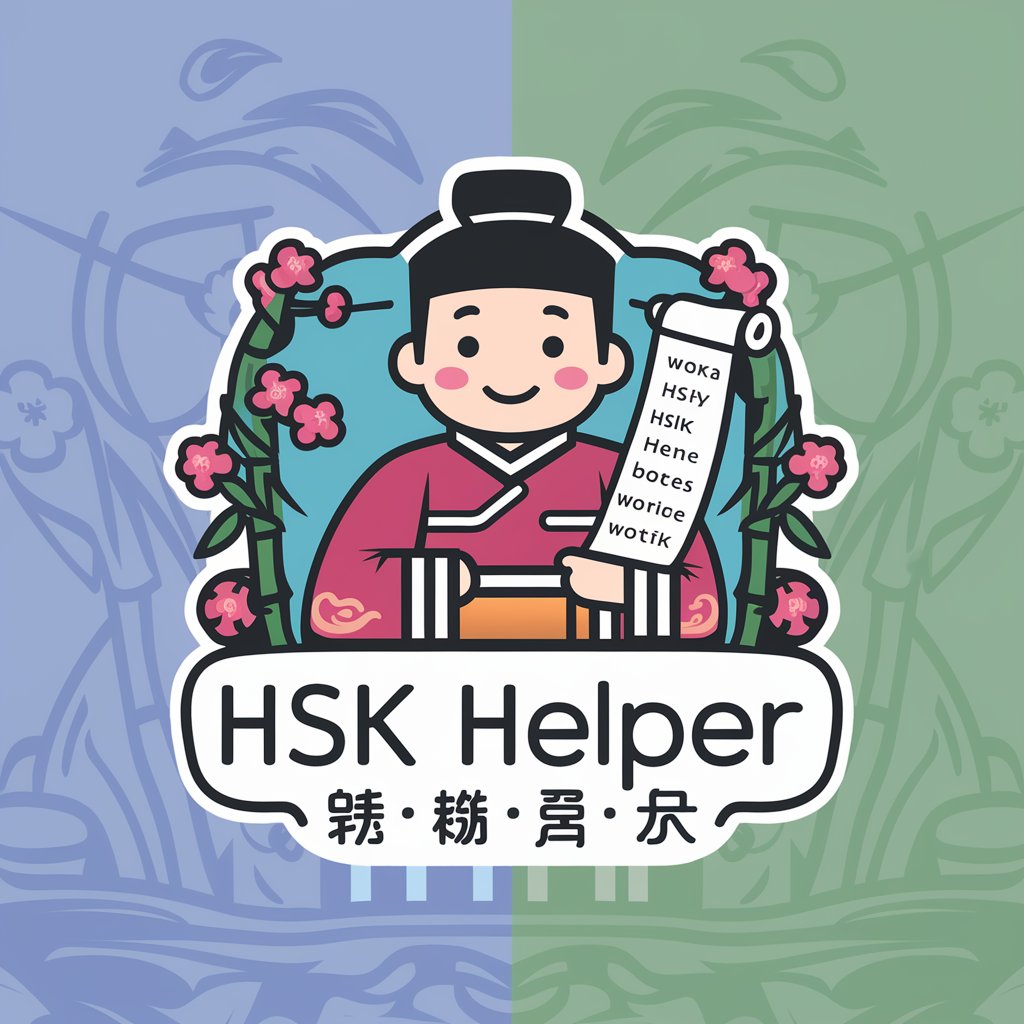
Nanny
AI-powered Nanny Hiring Assistant

Sprüche / Zitate Ersteller (250 Stück)
Empowering creativity with AI-powered quotes

Medical Record Analyzer
Deciphering Medical Records with AI
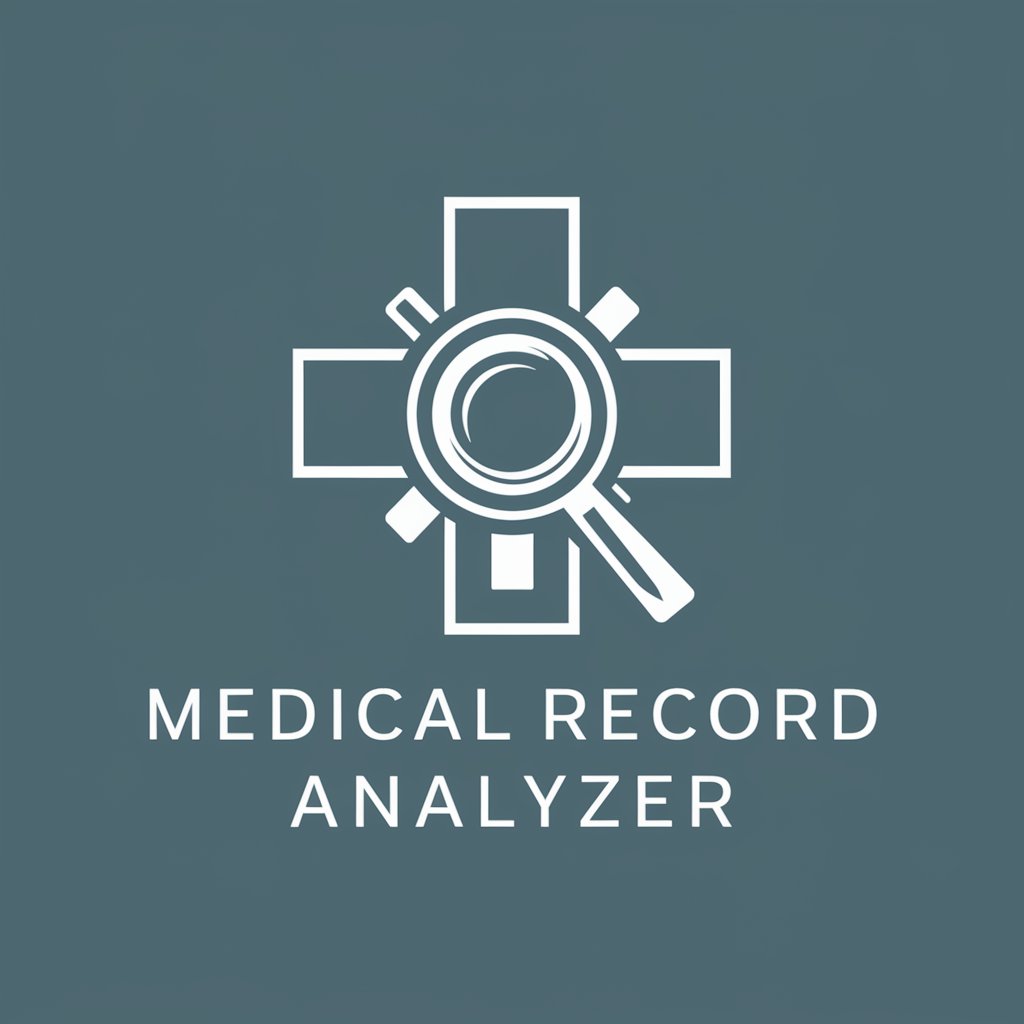
Most Popular
Discover what's trending with AI

Dental Content Creator
Empower Your Dental Practice with AI

Infosec
Empowering security with AI-driven insights

Prop Gen
Elevate Your Freelance Proposals with AI
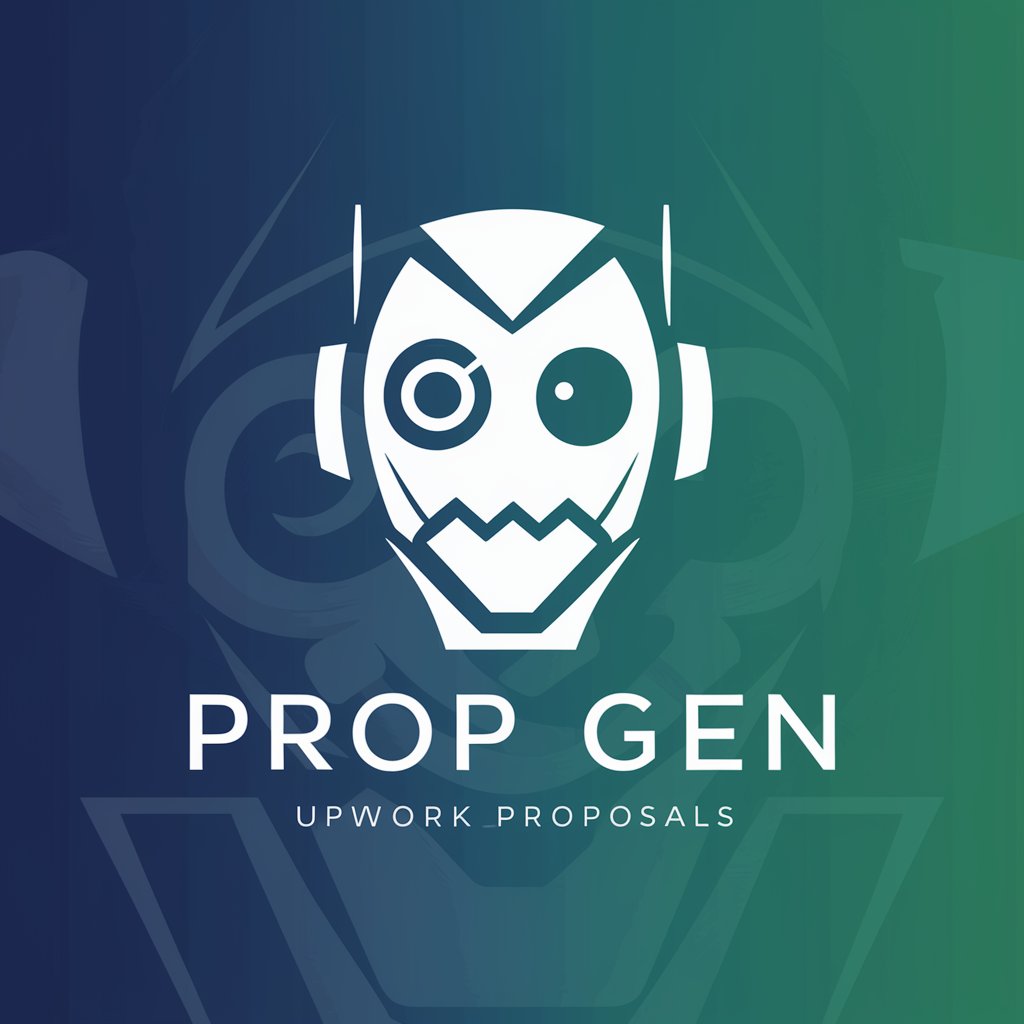
Frequently Asked Questions about Predict Futures
What makes Predict Futures unique?
Predict Futures stands out by offering speculative yet plausible future scenarios based on current internet research, emphasizing the dynamic nature of predictions and steering clear of sensitive topics.
Can Predict Futures provide personal future predictions?
No, Predict Futures focuses on general future scenarios and trends, avoiding personal future predictions or speculative financial advice to ensure ethical and responsible forecasting.
How accurate are the predictions from Predict Futures?
Predictions are based on current knowledge and trends, making them speculative. Accuracy can vary, and users are encouraged to consider predictions as one of many possible outcomes.
Can I use Predict Futures for academic purposes?
Yes, Predict Futures can be a valuable tool for academic writing, research forecasting, and exploring future scenarios in various fields of study.
How does Predict Futures handle different domains?
Predict Futures allows users to select specific domains for their queries, utilizing domain-specific knowledge to tailor predictions and analyses, thereby enhancing the relevance and depth of its forecasts.
